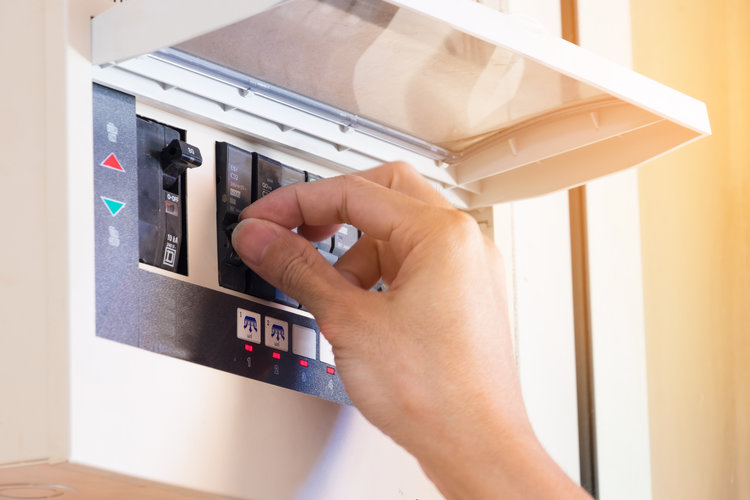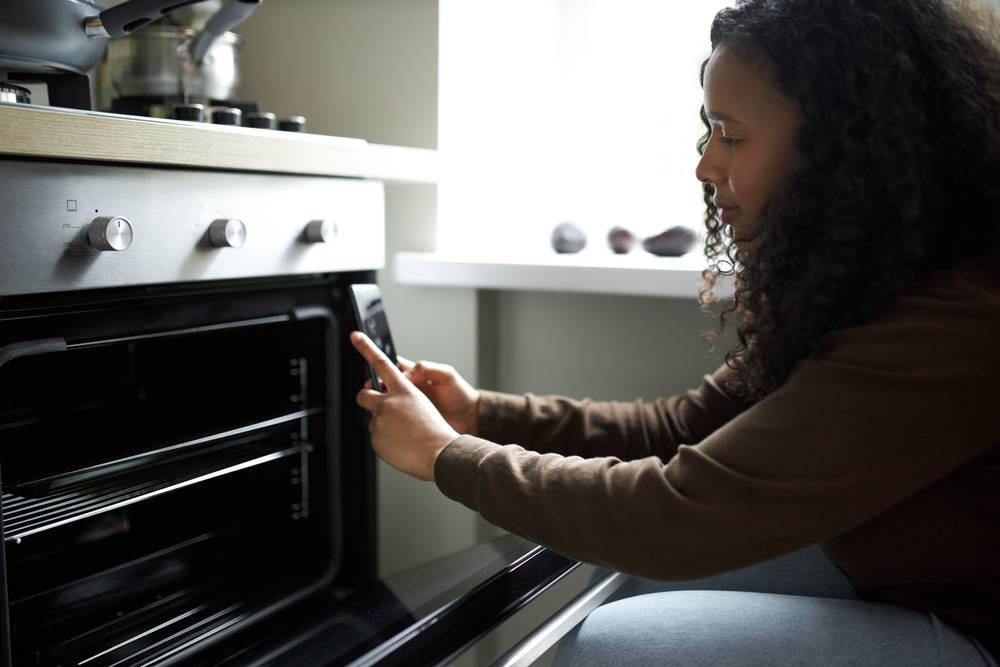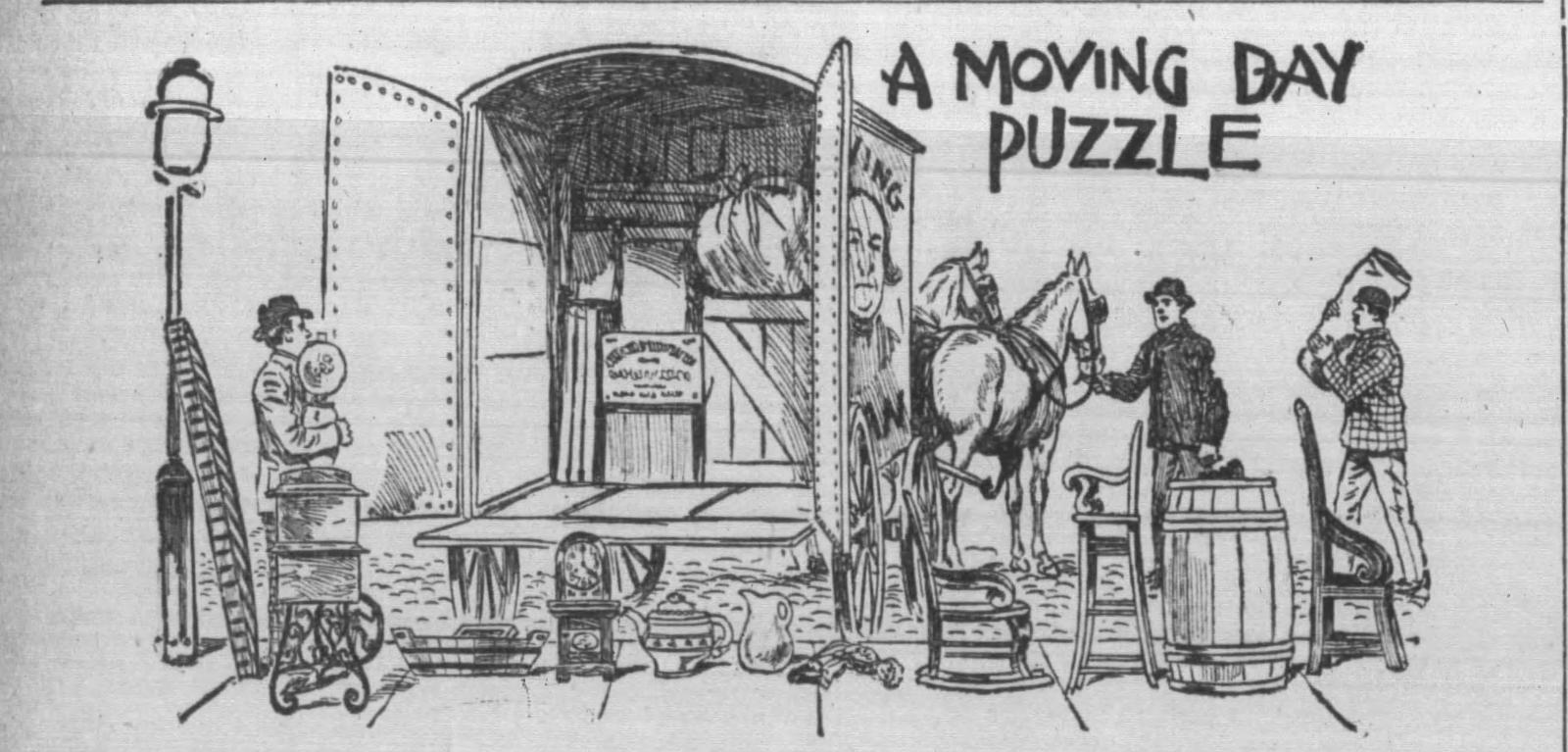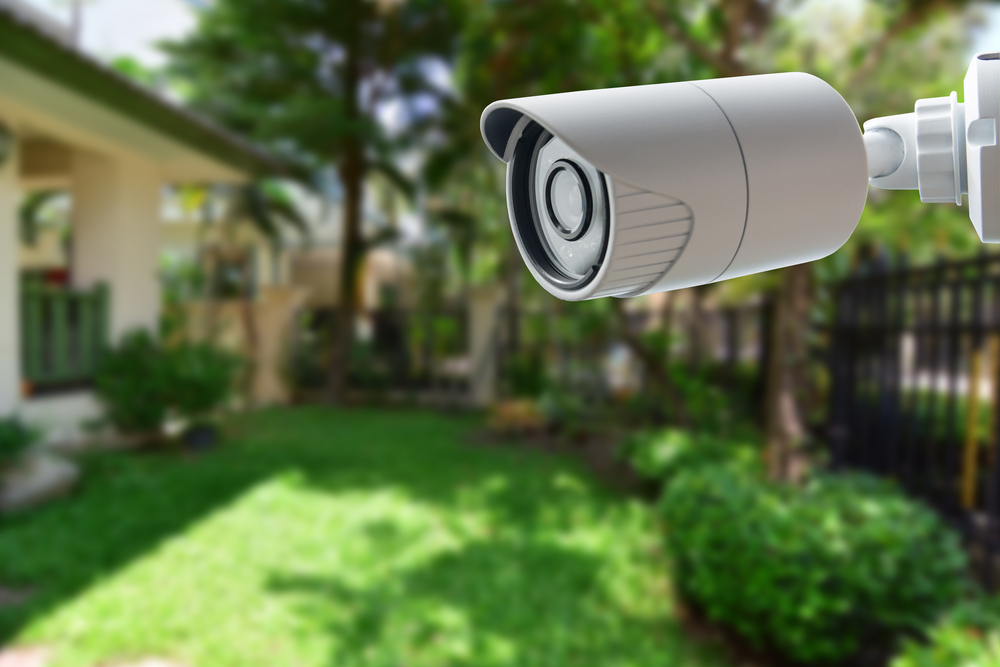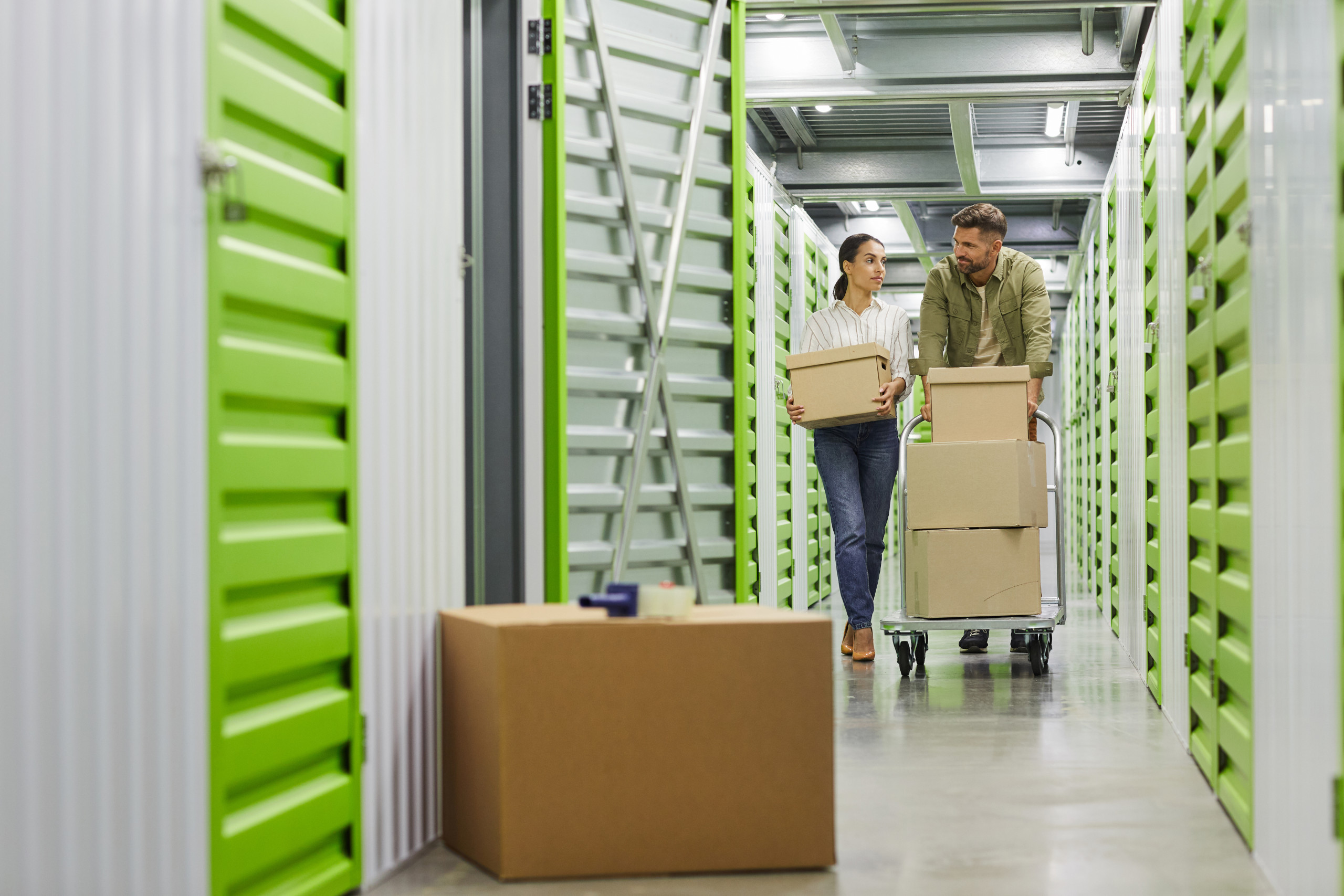The Ultimate New House Checklist

Moving soon? Get organized with our free moving checklist.
Let’s cut to the chase, buying a home and moving into it is a stressful process. You’re excited to start your new life but getting there can feel like a lifetime of preparation. From transferring utilities to packing and unpacking, there are a lot of things to do before and after moving into a new home. And if you don’t stay organized, the move-in day might be overwhelming. Lucky for you, this new home checklist and our Epic Moving Checklist will put your mind at ease and simplify the moving process — download it today to start checking things off.
Moving in a hurry? Then start with the essentials — we’ve prioritized them in this post.
The New House Checklist: Pre-Move Essentials
Before moving into your new house, there are a couple of big tasks you’ll want to prioritize. If you knock these off your new home checklist, the rest of the process should be a lot less chaotic.
1. Set up or transfer utilities
Before you move into your new home and get comfortable, you’ll need to set up your physical utilities first: water, gas, and electricity. If you’re not moving far, you may be able to transfer your existing utilities, but if you’re moving to a new city – you’ll need to put in a little more elbow grease to figure out who your new utility companies will be.
Once you’ve figured out if you are transferring utilities or setting up a new service, you’ll need to contact each of the utility companies as far in advance as possible (at least 2-3 weeks) to set up service at your new home. The last thing you want to deal with on moving day is a home without water or electricity and some companies may be booked up well in advance.
Make sure you set a disconnect date with your current utilities, too. No one wants to pay double bills. And don’t forget to ensure the utilities have been turned on before you begin moving in. Flip the lights on, turn the gas stove on (if applicable), and run the water to ensure everything is as it should be.
2. Connect internet and TV
Moving into a home without internet and TV can feel like moving onto a deserted tropical island. No streaming TV services. No social media. No way to set up smart home services. Oh my. (How did the world even function before the internet?) Similar to setting up your utilities, make sure you’ve scheduled your new internet and TV service connection well in advance of your move date to ensure you’re not moving into a dead zone on moving day.
Do your homework in order to know where you stand in order to compare pricing and figure out what service providers will best suit your needs. And if you’re not locked into a long-term contract, moving might be the perfect time to try a new service and take advantage of possible new customer discounts. Compare cable and internet providers who serve your new address, order service, and schedule your installation appointment.
3. Prepare to pack
As you inch closer to move-in day, taking time to think about how and what you pack may make the days and weeks leading up to (and following) your move less of a pain. Consider taking the following steps as you prepare to pack.
Purge
Start to throw out or donate things you don’t need (like unused clothes and furniture) and take note of what needs to be replaced. This will help you avoid those cringe moments when you’re unpacking a box of random junk and thinking to yourself, “why didn’t I just donate this before I moved?” Or moving a table with a broken leg that is essentially useless and should have been tossed.
Measure
Keep the layout and measurements of your new home in mind, as this could mean more or less space for your belongings. Be mindful of furniture size, too. Will the new couch fit? Is there enough space for the washer and dryer? Are the bedrooms big enough to fit your current beds? Being mindful of space before moving may help you better decide what to take with you and what you may need to replace.
Document valuables
Take inventory of your valuables and take pictures of each item. This could be anything from your grandmother’s antique mirror to your TV and computer monitor. By taking photos of these items, you have proof of their original condition in the event that they are damaged during the move. No matter how careful or responsible your moving company is, accidents can happen.
Gather important documents
You know those super important documents that sit and collect dust in your filing cabinet? They have to come along for the ride, too. We’re talking birth certificates, social security cards, medical records, insurance policies, and anything else of that nature. If you have any documents with personal information that you don’t need anymore, be sure to shred them rather than just throwing them away.
Pack and label methodically
It’s a good idea to label or color-coordinate all boxes according to what room they go in to expedite the process for yourself or your moving company. This will save you from opening every single packed box to try to find the can opener or your favorite shoes.
Identify first-day essentials
Packing an “open first” box is a must! In this box, include everything you need to survive the first 24 hours in your new home. Think air mattress and bedding, a fresh outfit, a toothbrush and toothpaste, other cosmetics and toiletries, some snacks, water, and extra cash. You will thank yourself when the time comes. Trust us, it’s a not-to-be-missed item on your new home checklist!
4. Update your address
Your address is connected to so many aspects of your life that you may not even realize. From forwarding your mail to maintaining subscriptions and loyalty programs to banks and credit cards, insurance, checkbooks, car registration, and driver’s licenses – updating your address is a critical step.
And don’t forget to update your food or grocery delivery services, too. Hungrily awaiting a meal delivery only to realize it went to your prior address is a major bummer – especially if you’re now living in a different city or state.
When you update your address, you update your life! Not sure how to go about doing this? No worries, we’ve got you covered with everything you need to know about updating your address.
5. Schedule home improvements
You likely found out about a few repairs your new home needs during the buying process which you’ll probably want to get repaired before you move in. Repairs such as leaky plumbing, windows that don’t lock, etc. are better to have taken care of before the chaos of move-in day arrives.
You also might want to take care of other projects like painting an accent wall or installing built-in bookcases prior to move-in day, too. So your list of things to do shrinks rather than gets longer after you’ve moved in.
6. Schedule a cleaning
Before you move your furniture, it’s a good idea to clean all the nooks and crannies of your new home. Chances are, the previous owner didn’t take the time to thoroughly clean it for your arrival (at least not to your standards). So take some time to do it yourself or schedule a cleaning service to come in and do a thorough once-over. With all the effort that you’re putting into your new home, you deserve a spotless canvas!
7. Check the home appliances
When you move into a new home, it may or may not come with appliances such as a stove, dishwasher, or refrigerator. And if you’re a renter who is now a first-time homeowner, you’ll want to be sure that you not only budget for these big-ticket items, but get them installed before you move it. Even if you’re moving from a home to a new home, what you have may not fit in the new space so take measurements and purchase appliances accordingly.
On the other hand, if your new home comes with the major appliances you need, take a minute to ensure they are working properly. Turn on the stove, test the microwave, run the dishwasher and look at the temperature of the refrigerator to ensure everything is in working order.
Lastly, if you hire a moving service and they’ve moved your appliances, inspect each one for damage. If you do find damage, be sure to document it and take pictures so you can file a claim if you purchased moving insurance.
8. Take time off from work
Within the first few days of your move, not only will you be unpacking a sea of boxes, but you’ll also be waiting on deliveries, repairs, and installations (not to mention you’ll probably be at least a little worn out). It’s a good idea to notify your employer that you’ll be moving so you have ample time to coordinate these appointments before you head back into the office. The 48 hours post-move is crucial to getting (somewhat) settled, so make sure you plan and schedule accordingly.
The New House Checklist: Post-Move Essentials
You did it! You finally got all of your belongings into your new home, but don’t lose steam now! You’re in the final stretch of your new home checklist, and there are just a few more essentials to get through. It’s a good idea to set a daily (or weekly) goal for yourself when it comes to these final steps. Be realistic, stick to your schedule, and you’ll be settled in before you know it.
1. Take your time unpacking
Rome wasn’t built in a day so don’t expect to get all your unpacking done on day one, either. If you’ve taken the steps to pre-plan your packing, label your boxes correctly and make sure you have all the essentials in hand – you can take your time unpacking and organizing your new home. Take your time and try to enjoy the process of making this new house your home.
2. Change your locks
Who knows what the previous owners did with their keys? Whether you hire a locksmith or reinstall the locks on your own, it’s a simple task, and it will give you peace of mind. You’re always better off safe than sorry.
3. Get to know your home
From remembering which new drawer is the silverware drawer to creating an emergency response plan, take time to get to know your new home.
Locate shut-off valves
In the event that there is an emergency leak or you’re doing repairs and you need to shut off your water, it’s necessary to locate your shut-off valves. Many houses and apartment buildings have a number of cut-off points to stop the water at its source. From your own shut-off valve to your water company’s shut-off valve to the water meter, there are many locations to get familiar with — both inside and potentially outside your home.
Locate the circuit-breaker
Every once in a while you may need to replace a fuse or reset a circuit breaker (just try running your hair dryer and air conditioner in the same room at the same time!) And if there’s a power outage, you don’t want to be searching through the dark to find it. Common locations for circuit breakers are outdoors, in basements or garages, in storage closets, or in hallways. Also, be sure you know the difference between a circuit breaker and a fuse box, in the event you need to restore power.
Check out your HVAC system
Your HVAC system, (A/C and furnace) is a necessity and an expensive one at that. For the sake of heating, cooling, and big bucks, it’s important that you, a property manager, or a technician checks out your HVAC system in the weeks following your move. Inspect your heating and cooling units, insulation, and ducts, for warning signs that something’s off. If it looks like maintenance is needed, get on top of it as soon as you can. Although it’s a pain, it’s a worthwhile investment!
Locate and test your smoke detectors
Installing a smoke detector is an easy and inexpensive way to protect you and your loved ones in the event of a fire. However, smoke detectors can fail you when you need them most if you don’t address their malfunctions. This is why testing your new home’s smoke detectors is so important. Light a few matches or spray a smoke test aerosol in front of each sensor every month or two to ensure they’re working.
4. Create an emergency response plan
Make sure everyone in the household has a clear understanding of what to do in case of an emergency. Create an escape plan in case of a fire, flood, earthquake, tornado, or any other disaster that might occur where you live. Have a conversation about what steps each person should take in case of an intruder. Consider putting stickers on windows so that emergency responders know how many pets are within the home, too – just in case. Taking time to plan for emergencies now just might save a life.
5. Decide on a lock-out solution
You will get locked out of your house every once in a blue moon – it happens! What’s important is that you have a backup plan for when the time comes. Some common ideas are to hide a key under your doormat or to install a garage code (if you have a garage), but you can be as creative as you’d like. Maybe you have a buddy down the street who can hold onto an extra key or slide one under a planter. Whatever the case, be prepared!
6. Set up your home security system
Moving is one of the best times to set up home security. If you already have a system in place or are tied to a contract, be sure to call your provider or update your information online. Smart or DIY home security systems are a great option for renters and homeowners who want more flexibility, so take some time to shop around if you’re selecting your first home security system.
7. Review custom storage solutions
If your new home doesn’t meet your space needs, you can always design custom home storage solutions in your home to make your favorite routines easier. Transform your space and make it work for you. Turn your unfinished garage into a gym or office, update your kitchen pantry or design a custom closet. These are all important for setting healthy daily routines.
8. Research local businesses
Chances are, there are many reasons you chose your new home and location is likely high on the list. But even if you know the basic layout of the new area, it’s still a good idea to get better acquainted with your new surroundings and local businesses. From choosing a new doctor to a new hairdresser, to new landscapers, you may have to do quite a bit of research. Apps like Yelp and Neighborly can show you reviews, recommendations, and photos of local businesses and service providers to help you make educated decisions.
9. Create a home maintenance checklist
It’s a good idea to perform seasonal maintenance checks to ensure your new home is in good shape. Some of these maintenance checks you may not have had to do at your previous home — things like cleaning the gutters, landscaping, unclogging bathroom drains, or checking up on snow plow services may be relevant to you now. Gather the contact info from local services for when the time comes.

Ready for your new house
We hope our new home checklist helps you stay organized and avoid moving mistakes as you prepare to transition into your new digs.
If you’re ready to dive into the complete list of everything that needs to get done, check out the Most Epic Moving Checklist in the History of Moving. You got this, movers, and congratulations on your new home!



